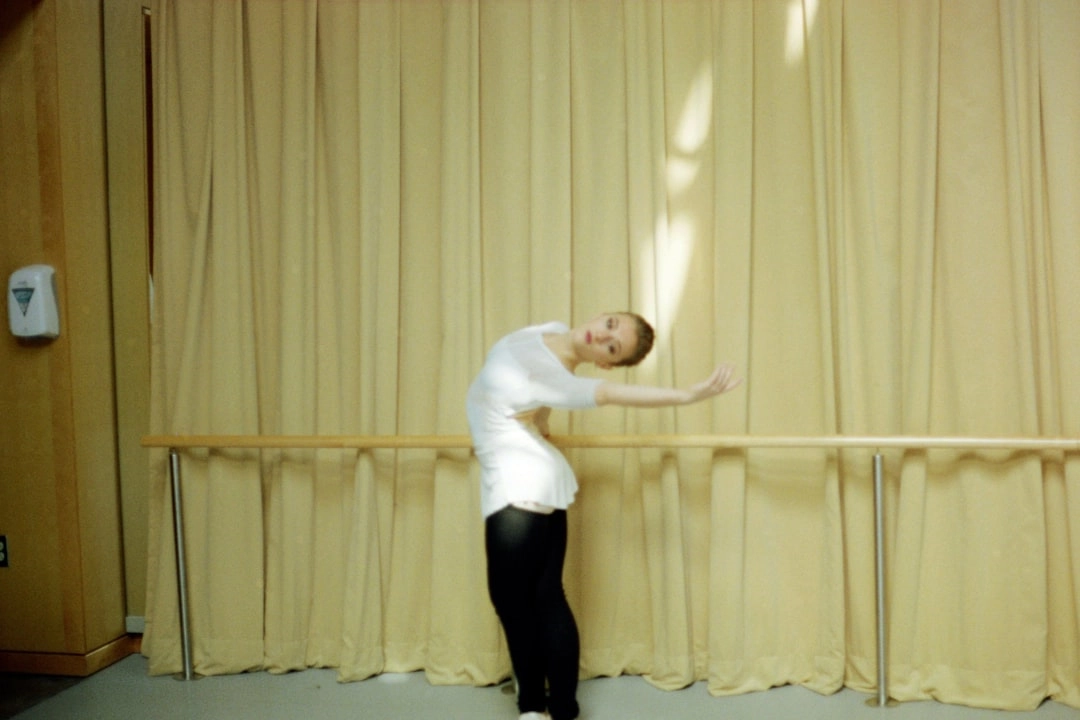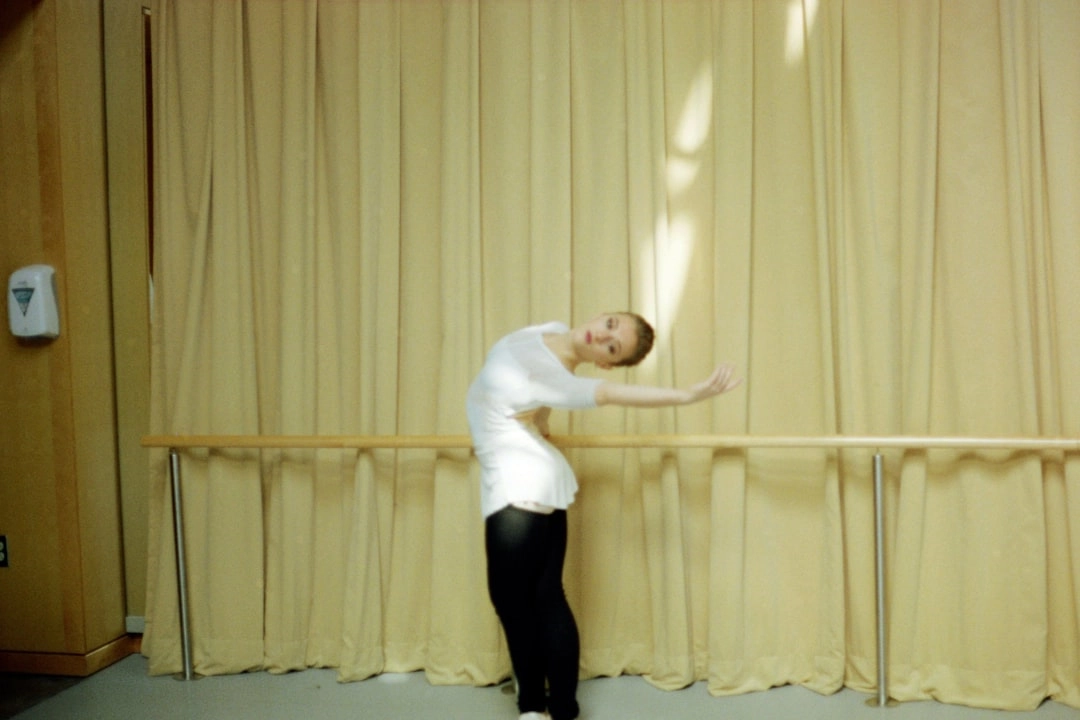
What it is:
Modern dance is a vibrant and innovative form of artistic expression that encapsulates movements, techniques, and choreography that break away from traditional ballet. As the world becomes increasingly aware of the importance of sustainability, the realm of modern dance has also started embracing and incorporating sustainable practices. Sustainable practices in modern dance refer to the integration of eco-friendly principles and behaviors into all aspects of the dance production, including costume design, set construction, lighting, transportation, and more. It aims to reduce the ecological footprint of dance performances, promote environmental consciousness, and contribute to a greener future.
Real-World Problems:
While modern dance offers a platform for artistic expression and creativity, it also faces several real-world problems when it comes to sustainability. One of the main challenges is the excessive use of resources and materials. Elaborate sets, intricate costumes, and extravagant lighting designs often require a significant amount of energy, water, and raw materials, resulting in a substantial carbon footprint. Additionally, the touring aspect of modern dance can also lead to a high level of emissions from transportation, further contributing to environmental degradation.
Another issue is the disposal of waste generated throughout the production process. From discarded costumes to set props, the waste produced by modern dance performances can end up in landfills, adding to pollution and resource depletion. The toxicity of certain materials used in dance productions, such as certain dyes or adhesives, can also pose a risk to both the environment and the performers’ health.
Furthermore, there is a lack of awareness and education around sustainable practices in the dance community. Many dancers, choreographers, and production teams may not be familiar with eco-friendly alternatives or the importance of incorporating sustainable principles into their work.
Addressing these real-world problems is crucial to ensure that modern dance not only serves as a form of cultural expression but also contributes positively to our environment and future generations.

Solutions for Sustainable Practices in Modern Dance:
1. Resource Management:
Implementing resource management strategies can help minimize the environmental impact of modern dance productions. This includes prioritizing the use of sustainable and recycled materials for costumes and set designs, reducing energy consumption through efficient lighting and sound systems, and incorporating eco-friendly transportation options whenever possible.
2. Waste Reduction and Recycling:
Adopting waste reduction and recycling practices can significantly reduce the amount of waste generated by modern dance performances. This involves promoting the use of biodegradable and recyclable materials, implementing proper waste sorting and recycling systems at performance venues, and encouraging the repurposing or donation of costumes and props.
3. Education and Awareness:
Raising awareness about sustainable practices in the dance community is crucial. Providing education and resources on eco-friendly alternatives, organizing workshops and conferences on sustainability in dance, and fostering collaboration between dancers, choreographers, and production teams can help spread knowledge and inspire positive change.
4. Collaboration and Partnerships:
Building partnerships with organizations and institutions that promote sustainability can foster collaboration and support for sustainable practices in modern dance. This can include working with eco-friendly designers, sustainable production companies, or environmental non-profit organizations to collectively address the challenges and find innovative solutions.
5. Advocacy and Policy:
Advocating for policies and regulations that prioritize sustainability in the arts industry can create a positive impact. Encouraging theaters and performance spaces to adopt sustainable practices, lobbying for government incentives for eco-friendly productions, and promoting funding opportunities for sustainable dance projects can help drive systemic change.















